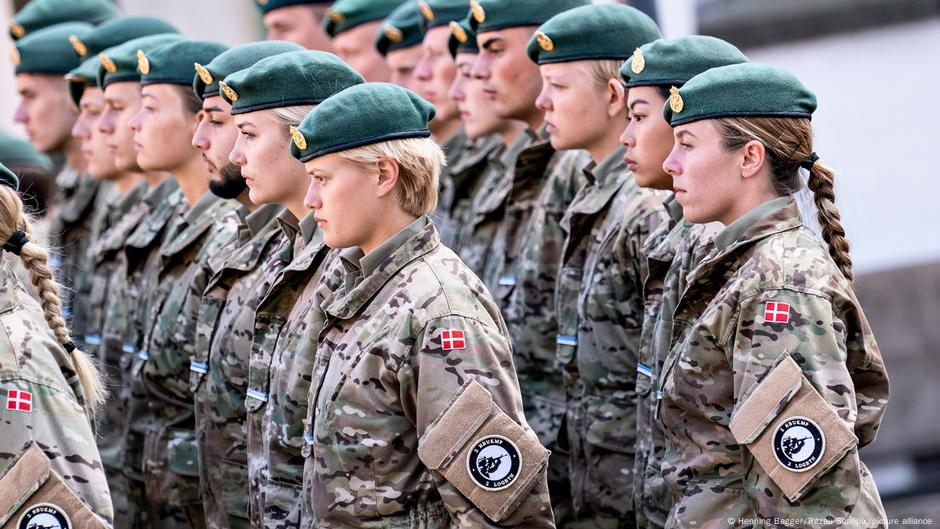Denmark has recently become the newest nation to implement military conscription for women. On March 25, officials from Copenhagen announced that young women who reach the age of 18 after July 1 of this year may be drafted through a national lottery beginning in January 2026, should the military fail to recruit sufficient volunteers. This decision has been expedited by two years, prompted by increasing geopolitical tensions across Europe.
Currently, approximately 25% of voluntary military recruits in Denmark are female, according to the Danish Armed Forces. The duration of compulsory military service, already mandated for men, ranges from four to twelve months based on the chosen path post a three-month basic training period.
Leading the Charge for Military Equality
Women are also mandated to serve in the armed forces in both Norway and Sweden. Norway has enforced universal conscription since January 2015. In Sweden, mandatory service was discontinued in 2010 but reinstated in January 2018 to include both men and women aged 18 and over. The length of service varies from six to fifteen months, with around 20% of military personnel being female.
Women in the Netherlands are subject to conscription as well, although the implementation of compulsory military service has been on hold since 1997.
In Israel, women have been required to serve in the military since 1949 for a duration of two years, compared to three for men. A significant ruling from the Israeli Supreme Court in June 2024 mandated that previously exempt ultra-Orthodox Jewish men will now also participate in military service.
Increasing Women Recruits in Africa and Asia
Many African nations also conscript women. For instance, in Eritrea, both men and women have a compulsory military service term lasting 16 months.
Countries such as Chad, Guinea-Bissau, Mali, Mozambique, Cape Verde, and Niger also require women to serve in the military. Although Ivory Coast has a conscription policy for women, it is not actively enforced.
A recent declaration from the Mozambican government in 2024 suggested that the duration of selective compulsory military service could extend from two years to a maximum of five years.
In Asia, nations such as Burma, China, East Timor, and North Korea feature conscription for women. Women in North Korea must serve in the military starting at age 17, with service duration varying based on educational background.
East Timor established mandatory military service for individuals aged 18 to 30 in 2020, with a service period of 18 months, though the execution of this obligation remains uncertain.
In China, women aged 18 to 19 who have completed their education and meet specific military vocational criteria are subject to compulsory military service.
The Rise of Volunteerism Among Women
In many regions, military service for women is still voluntary. In the United States, approximately 200,000 female soldiers represent around 14% of the nation’s military personnel, with women actively serving in combat roles since 1993. The U.S. military has expanded opportunities for women, including deployment in ground forces and submarines.
Numerous other countries, including the United Kingdom, Belgium, Canada, Spain, France, Poland, Australia, Greece, Turkey, the Czech Republic, Portugal, Bolivia, Japan, South Korea, and Germany, similarly welcome women into military careers.
While Ukraine has not instituted compulsory military service for women in the context of the ongoing conflict against Russian aggression since February 2022, the Ukrainian Defense Ministry reports that 68,000 women currently serve in the armed forces. Although this number is 40% higher than in 2021, it remains significantly less than the approximately 900,000 active-duty male soldiers.
Women are also playing a role in the military efforts of Russia. In October 2024, the country formed its first all-female volunteer combat unit amidst its conflict with Ukraine. Named the “Night Witches,” this unit comprises female drone pilots and pays homage to a renowned Soviet women’s aviation regiment from World War II.
Source references include the CIA Factbook, World Population Review, Center for Strategic and International Studies, Bolivian Ministry of Defense, War Resisters International, and the House of Commons Library.


